CRCL/RCLC (Canadian Review of Comparative Literature)
Peer-reviewed international journal
In 1945, Hugh MacLennan, novelist and professor at McGill University, published his second novel Two Solitudes in Toronto. The book rose in popularity very quickly, and took root in the Canadian imagination to express the (lack of) dialogue between the two foundational Canadian communities (the only ones recognized at that time). Cultural productions in French were rarely consumed by Anglophones or influenced by them, and reciprocally. Also, often criticized, this idiom does not take into account the Indigenous cultures, rich and diverse, that have contributed to Canadian culture.
Canadian comics, whether they are Anglophone, Francophone or Indigenous, are no exception and evolved on parallel tracks without weaving common links. Anglo-Canadian comics were mostly influenced by American comics, and Francophone BD were under the influence of the Franco-Belgian tradition. Essays dealing with Canadian comics rarely integrate the three comics traditions. If many academic and non-academic publications deal with this concept of two solitudes in various fields like literature and movies, surprisingly, nothing has been written on the topic of isolation in the Canadian comics world.
We are looking for papers that analyse examples of dialogue (or the absence thereof) between these various “solitudes” (Indigenous, Francophone, and Anglophone), whether it is on the content, or the form between two or three works. But we are also looking for proposals studying the other aspects of the comics world, such as the initiatives and roles of libraries, bookstores, fans, publishers, festival organizers, prize committees, …
The following list of topics is not exhaustive:
- Study of one specific comic or BD which itself addresses bi-or multi-cultural issue.s through content and/or forms
- Comparison of one comic and one BD and their mutual influences
- Some exceptional movements and/or genres where exchanges are more obvious like the superhero genre (e.g., Capitaine Kébec) or the alternative comics/BD (e.g., Doucet)
- Study of publishers’ strategies to welcome the “other” comics tradition -study of festivals and their policies of welcoming (or not) the other linguistic or cultural traditions through awards, spaces, invitations of authors, …
- Quantitative and historical study of comics awards or literary, artistic awards to comics in Canada
- Study of awards to Canadian comics outside Canada and the way they are presented as Canadian
- Study of the place Canadian artists had and have in other traditions/cultures (e,g., Tamaki in Japan [see J. Berndt])
- Analysis of one comic or BD by Indigenous artists and their way of emphasizing (or denouncing) the (non) dialogue
- Study of courses on comics in Canada and their inclusion (or exclusion) of the other tradition.s (see J-P. Thomas)
- Study of courses on comics outside Canada and their inclusion of Canadian comics of various traditions
- Study of courses on Canadian culture and its inclusion of Canadian comics
Please send an abstract of 300-400 words in French or English outlining your central argument, main academic references and a 100-word bio-bibliography
To :
- S. Lemay (Sylvain.Lemay@uqo.ca)
- C. Reyns-Chikuma (reynschi@ualberta.ca)
- S. Rheault (sylvain.rheault@uregina.ca)
By December 22, 2020; answer by January 22, 2021 Full paper between 6000 and 8000 words will be due by May 21, 2021 Tentative publication in 2022 in CRCL/RCLC (Canadian Review of Comparative Literature), a peer-reviewed international journal.
Sylvain RheaultDepartment of FrenchUniversity of ReginaRegina (SK) S4S 0A2306-585-4317sylvain.rheault@uregina.ca

